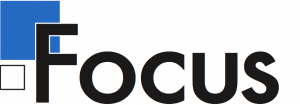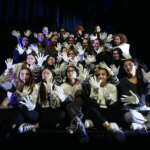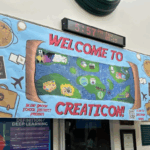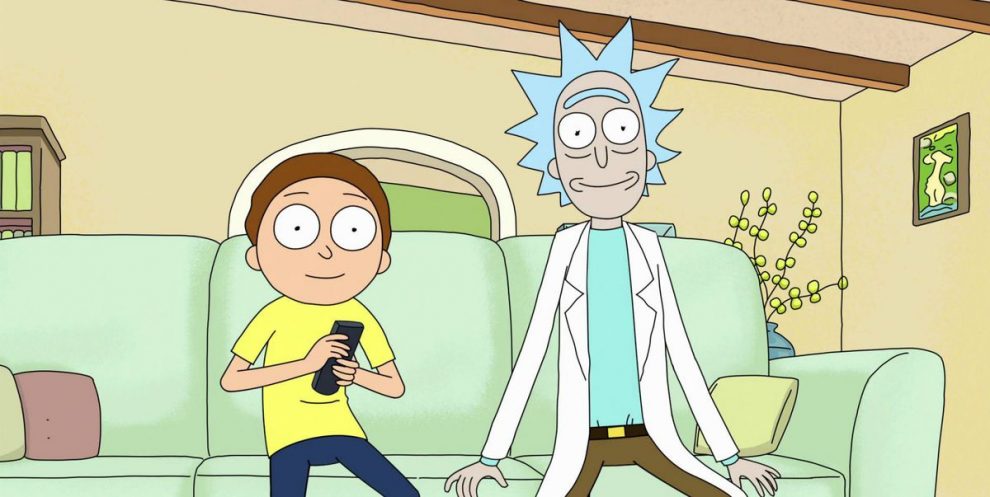In the last century or so, new technology has produced some of the most important inventions humanity has seen. Phones, computers, and televisions are things that seem impossible to live without because of how often we use them in our daily lives. This is no different in the world of art, where new technology has completely revolutionized so many areas and genres of art.
The music industry has completely transformed due to new technology. Applications on computers have allowed for artists to create songs practically all in their basement. Artists like Daft Punk were huge inspirations for this new movement during the early 2000’s with their innovative digitized dance music, leading to a revolution during this decade. Currently, most-to-all songs in genres such as hip-hop are made digitally. Producers such as Pi’erre Bourne are able to make beats on their computers and sell them to rappers to rap over. Music production as a whole has had a massive increase in interest because of digital music. Students here at Blind Brook are able to take music production classes where they use Garageband, an app for making music. At the end of the day, digital music comes down to preference. Some people love how it sounds and the new genres in music that it created, while others prefer the sound of live-recorded music. Music is subjective, and no one has the same taste.
New technology has created a rift in animation. Since its inception and up until around the 90’s, shows and movies were animated by drawing every individual frame of animation and playing the frames sequentially at a rapid pace. Shows such as the original Looney Toons and Animaniacs are examples of this. Due to new technology in the 90’s, however, a new technique was developed that companies quickly realized to be more efficient and cheaper to produce than frame-by-frame. This technique is called rigged, or skeleton animation. It is used in most modern cartoons ranging from Rick and Morty to Regular Show. The way it works is by importing a character into a computer, outlining specific body parts such as arms and legs, and then telling the computer when and where to move these parts. The result tends to appear stiffer than frame-by-frame animation, and this is because animation is typically exaggerated. For example, when a frame-by-frame character like Spongebob is shocked, his eyes bulge out. Obviously this is unnatural, but this more exaggerated direction is what makes animation so appealing, as cartoons are not meant to be natural. It is a lot harder to do this in skeleton animation, so most shows tend to leave this out.
With all of that being said, technology has done amazing things for animation and art as a whole. Studios like Pixar are able to use CGI, or computer-generated imagery. CGI is a tool that is used for and outside of animation. Studios like Pixar use it to create 3D animated movies such as Toy Story, while studios such as Marvel Studios use CGI to create special effects like super-powers in their movies.
The combination of technology and art has opened so many doors of possibilities for aspiring creators in places like high school. Aspiring photographers can spend hours in applications such as Photoshop or Lightroom where they perfect their pictures. Aspiring artists can use iPad apps like Procreate to be able to draw with the added benefits of undoing mistakes and working in multiple layers. It has never been easier to get creative with something as simple as a school-provided iPad. Animators and Editors can work on projects in apps like After Effects. While technology and art can sometimes be divisive, the medium of art has never been more accessible, and that is the most important thing.






